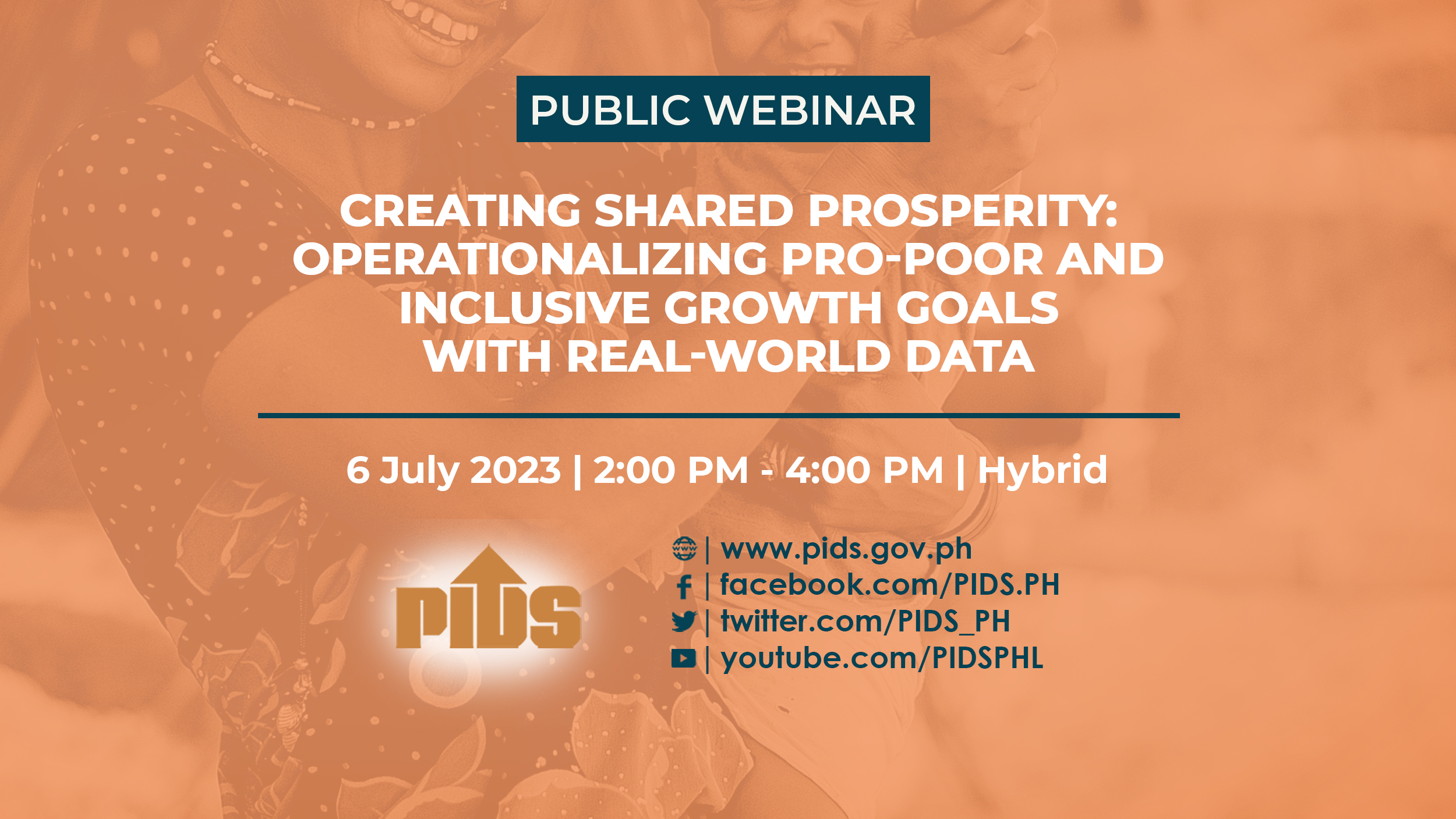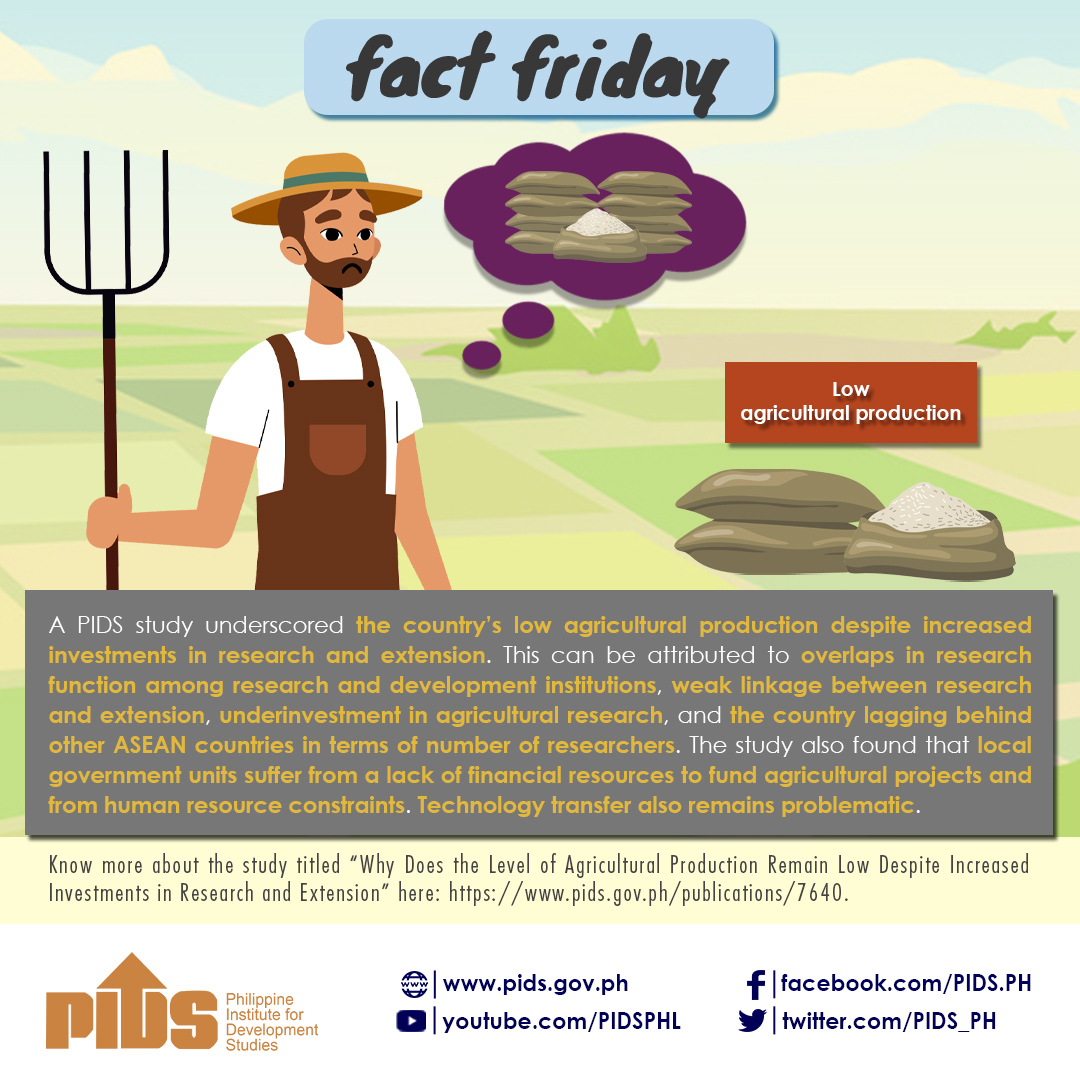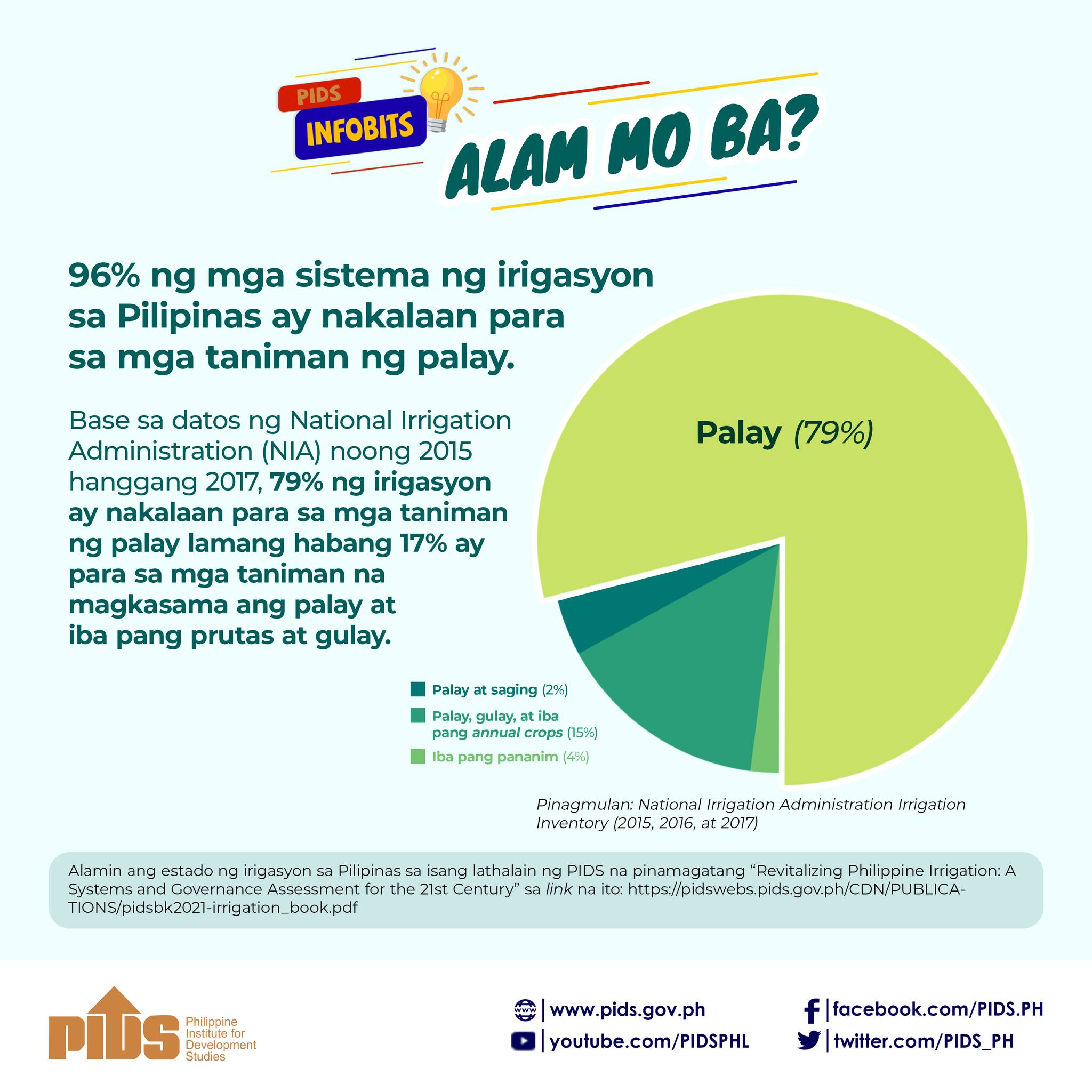PROBLEMS, such as poor irrigation design, prevented rice farmers from fully benefiting from national irrigation systems, according to a study released by state-run think tank Philippine Institute for Development Studies (PIDS).
The PIDS policy note, titled "Measuring Irrigation Performance: Lessons from National Systems,” also said farmers would not be able to plant more rice if these problems are not adequately addressed.
The government targets to produce 59.67 million metric tons of rice from 2014 to 2016. This is the reason the national government spent heavily on expanding irrigated areas in the country, the study explained.
However, the PIDS said challenges such as poor irrigation design, deterioration of watersheds, rapid urbanization and climate change prevented farmers from planting more rice.
"Irrigation projects generally aim to have a cropping intensity of 200 percent. Trends show cropping intensity to have been at about 140 percent for most of the period under study when computed as a ratio to service area, and about 160 percent as a ratio to firmed-up service area in more recent years,” the PIDS said.
The Philippine Food Security Information System defined cropping intensity as the number of times a crop is planted per year in a given agricultural area. It is the ratio of effective crop area harvested to the physical area. The study stated that as a ratio to design areas. But national irrigation systems in the mid-1990s had lower cropping intensity compared to vintages, or those national irrigation systems operating prior to the 1990s. The difference in cropping intensity is even wider with early vintages averaging 160 percent, while the most recent vintage was only slightly above 100 percent.
Further, service and irrigated areas as ratios to design area were about 80 percent and 60 percent in the earlier vintages, but were only 70 percent and less than 40 percent for national irrigation systems that were built after the mid-1990s.
"The disappointing performance of public investments in large-scale irrigation in the Philippines has been documented as early as the late 1980s and early 1990s mainly in t erms of the significant gap between actual irrigated area and design area of select national irrigation systems,” PIDS said. To address these problems, the study recommended that government should invest not only in reservoirs but also in drainage and flood control in national irrigation systems. The study also stated that the government must invest in repair, rehabilitation and restoration, which are funded under the national budget, instead of corporate operations and maintenance.
There is also a need to examine the viability incentive grant (VIG) scheme to help develop less distorting options balancing the key mandate of providing irrigation-service support and collecting payments.
The VIG program is similar to the profit-sharing system in progressive private companies, where workers are rewarded with bonuses or dividends.
The PIDS study also recommended the conduct of a further study on the slowdown in the growth rate of irrigated areas in the wet season, given indications of increasing effects of flooding and watershed degradation through siltation of dams and canals.//
PIDS study: Poor irrigation design keeps rice yields low












